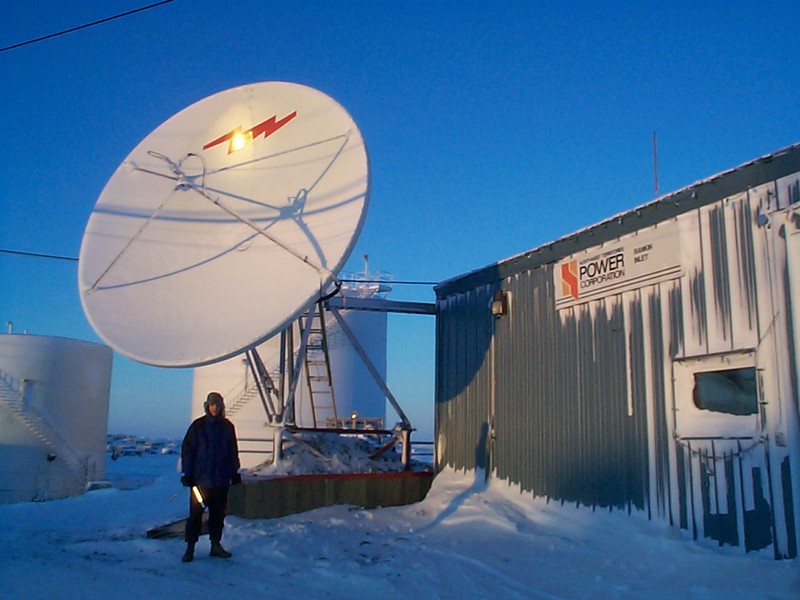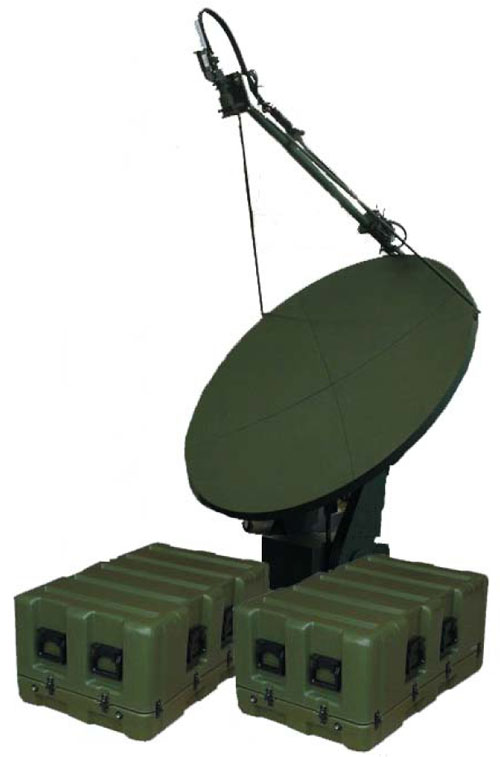Industry Canada is the primary source of the funding. This is distributed through the Nunavut Broadband Development Corporation, a quasi-governmental entity which has contracted to build networks in 25 communities with the Yellowknife based VSAT ISP and technical services firm SSI Micro. Known as QINIQ, the network was built in 2004 using C-band equipment and spectrum and TDMA technology. The NBDC has recently completed a second phase of RFPs with its prime contractor, SSI, for additional services to meet needs not filled in the original 2004 project.

The August 16th issue of The Globe and Mail has an interesting post on other infrastructure projects in the Canadian north, including a new port for Iqaluit and housing.
In this post I will examine the reasons why this project is likely to remain government subsidized for the foreseeable future. The primary reason is the cost of satellite bandwidth, but other factors are also involved.
